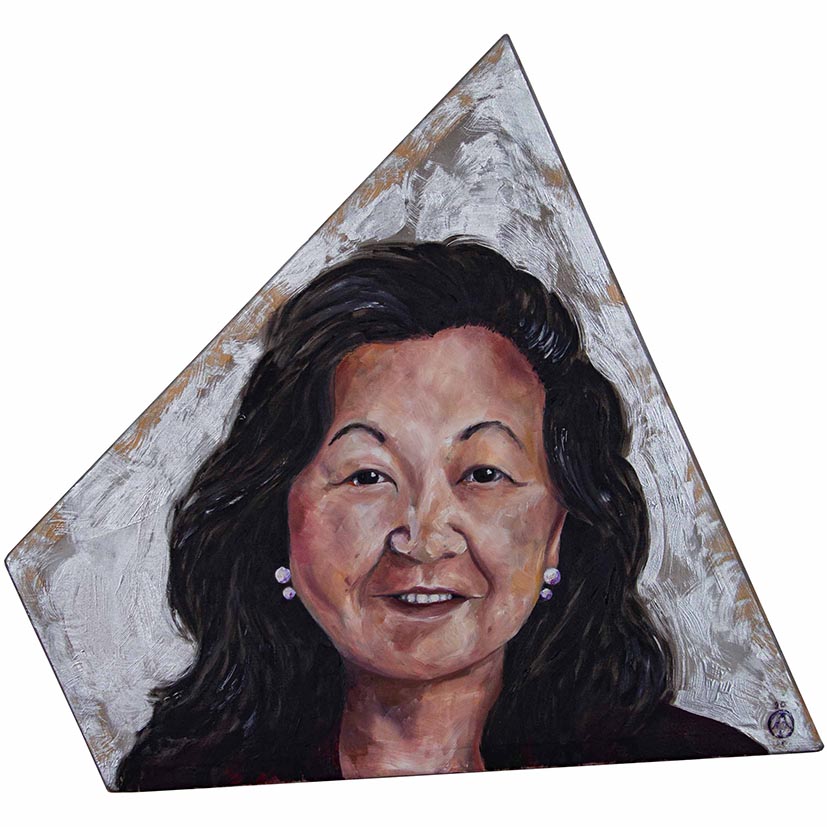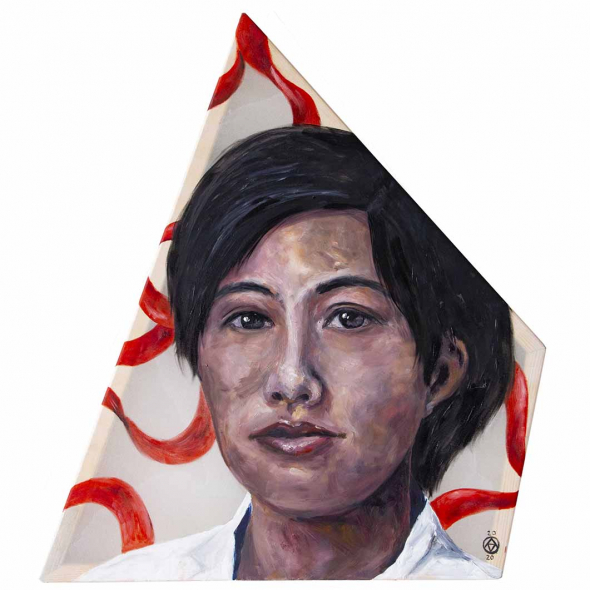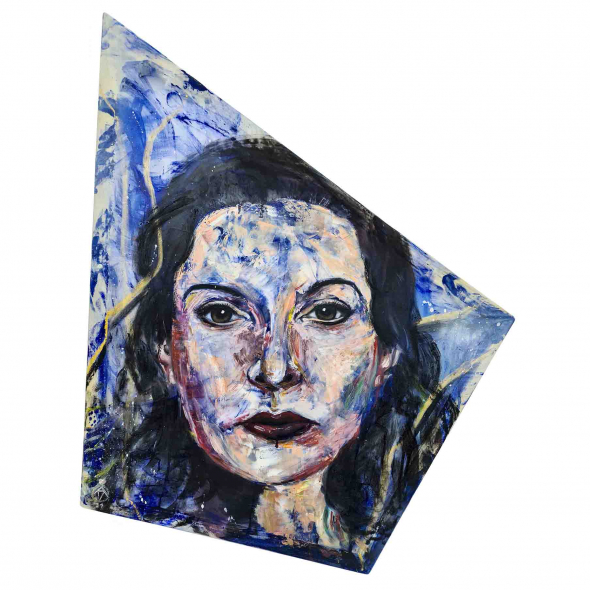What does it mean to search for a needle in a haystack the size of the planet?
Ann Tsukamoto is one of the pioneers at the front of the stem cell revolution.
Her work touches, no less, one of humanity’s loftiest ambitions: finding a cure for cancer.
An American scientist and researcher, she has worked with a gene called ‘WNT-1’ to develop what’s known as a “transgenic” representation of breast cancer.
In layperson’s terms, this involves the natural transfer of a gene from one organism to a different one (usually, a mouse), resulting in change in the observable characteristics of that organism, allowing for examination and further study of how cancer works.
This has enabled her, her team and other scientists to explore the various ways stem cells could be used to treat patients affected by cancer. For example, blood cancer can be treated through bone marrow transplants, a line of research enabled by the efforts of Tsukamoto and her team.
Born in 1952, Tsukamoto studied in L.A. at the University of California, receiving her doctorate in macrobiology and immunology. During her tenure with the biotech firm, SyStemix, Inc, she co-discovered hHSC, a hematopoietic stem cell (meaning it is immature and capable of developing into other white and red cells found in blood).
This blood stem cell is the aforementioned needle in the haystack. Why? Because knowing how to isolate blood stem cells means that healthy ones can be more easily swapped for cells damaged by cancer (e.g. Leukaemia cells). We are thus talking about a way of curing cancer, not just treating it.
The discovery led to a series of patents (and the scientific prestige that goes with multiple patents), allowing future generations of scientists to stand on her shoulders and explore the power of stem cell research for curing disease in the long-term.



